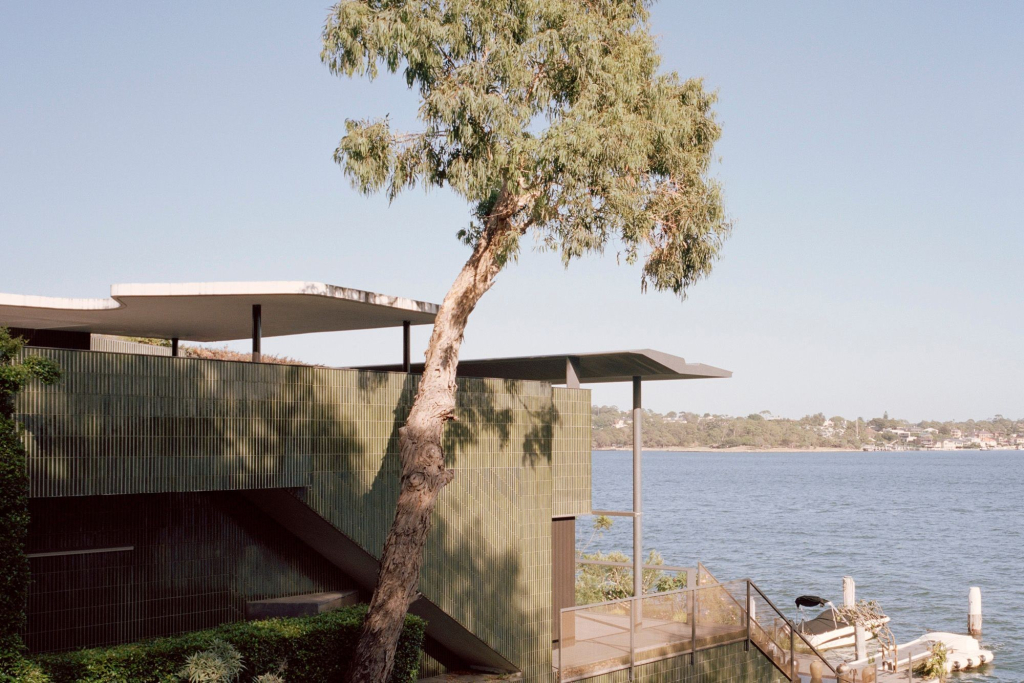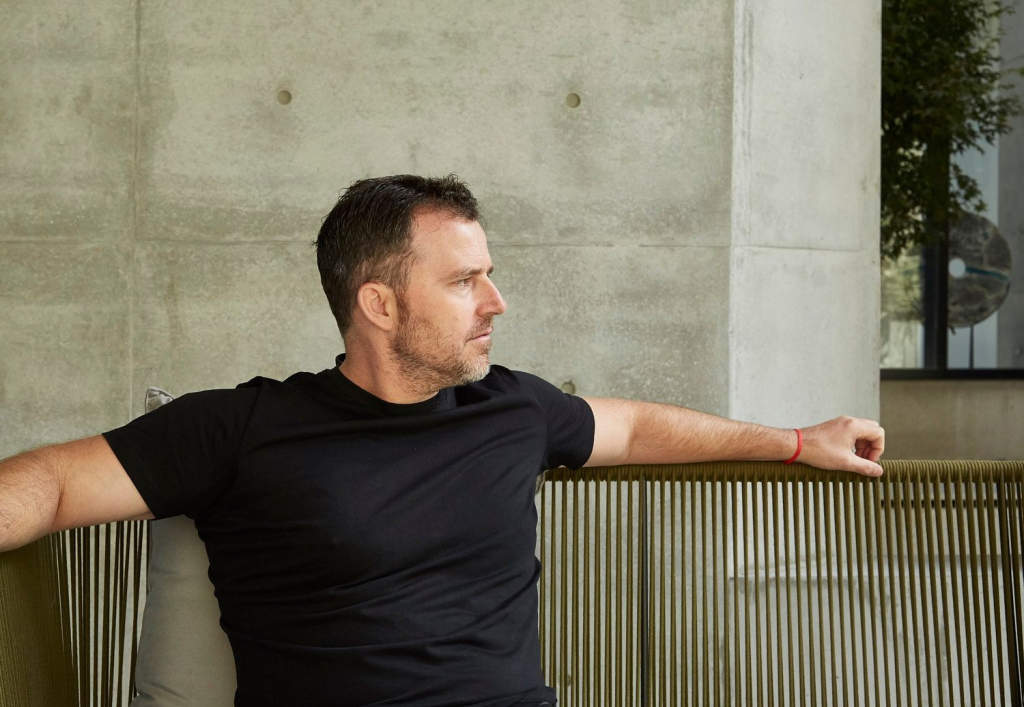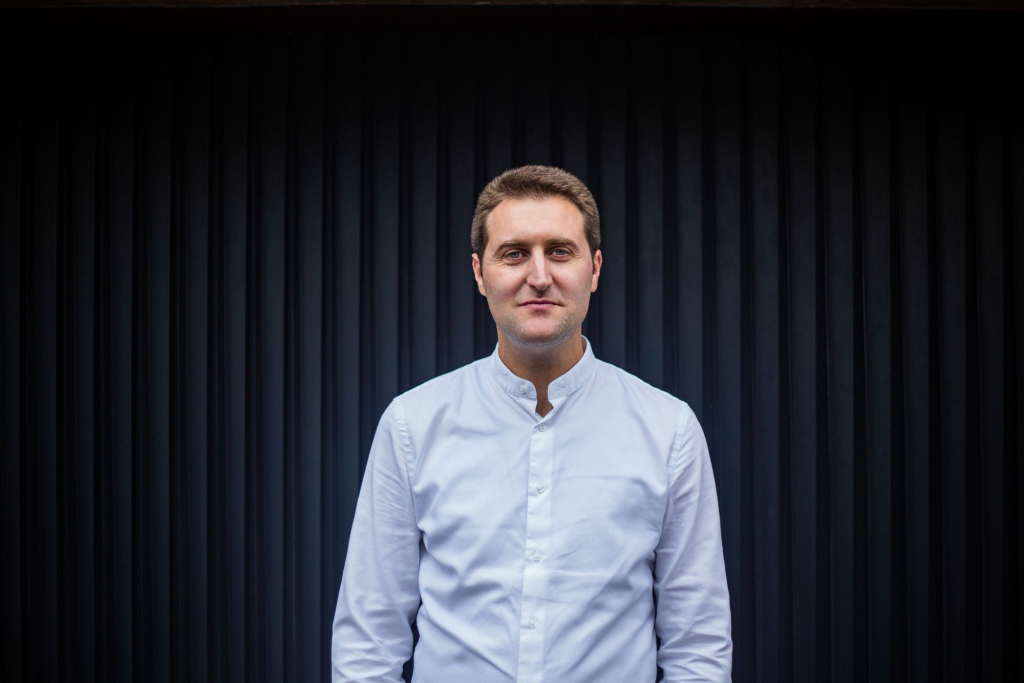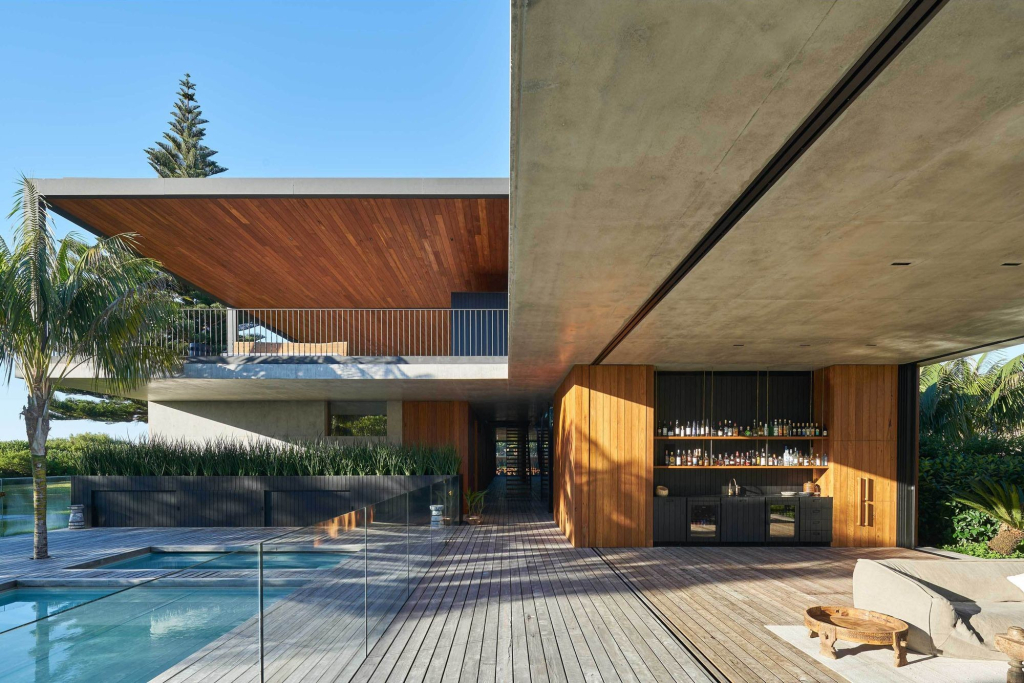I'm not at all interested in any of the superfluous add-on ‘stuff’ ... I'm really just interested in what is essential, in a material sense.
Vitrocsa Australia has delivered a high-end, minimalist window and door system to the local market since 2008
Launched by draftsman Michael Canturi alongside builders and brothers Chris and Peter Dimitriadis, Vitrocsa Australia’s early development was also impacted by architect Wendy Lewin.
Lewin is one of the country’s most accomplished architects, with a career spanning four decades and various design, teaching, and curatorial roles. Since 1994, she has run her own architecture practice producing residential, multi-residential, cultural and institutional projects, and is currently a consultant to the Museum of Applied Arts and Sciences, and commissioner of the NSW Independent Planning Commission.
Lewin’s curatorial roles include creative director of the Australian exhibition at the 2008 Venice Architecture Biennale, and curator of the 2018 Australia now architecture exhibition in Tokyo for the Department of Foreign Affairs and Trade.
Despite her prolific work, Lewin is not interested in publicity or marketing and much of her work is undocumented. Several of Lewin’s projects have never been published, and are often incorrectly attributed only to her husband and long-time collaborator Glenn Murcutt.
I often find I'm doing work with people who produce things that are bespoke for my own projects, but later become part of their offerings.
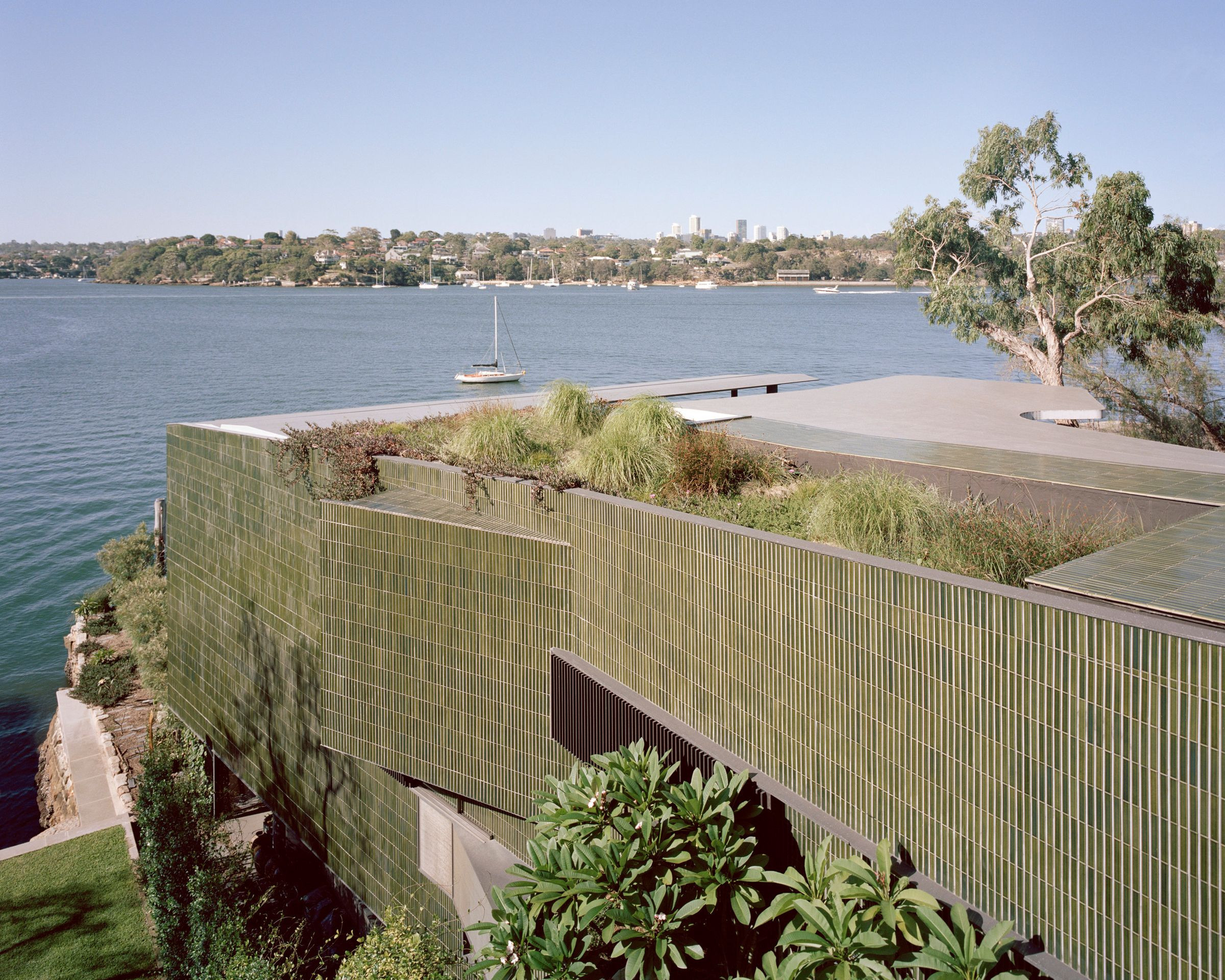
Lewin self-describes her work as being relatively “spare” and “bony”, with spaces enriched by light and shade. “I’m not at all interested in any of the superfluous add-on ‘stuff’,” she says. “I’m really just interested in what is essential, in a material sense.”
Projects are designed to consider the sun and highlight the passage of time, achieved through thoughtful proportions and an understanding of the nuances of siting.
More pragmatically, a factor that underpins Lewin’s diverse portfolio is her exploration of new technologies. Rather than accept how things have always been done, she interrogates how existing products function in search of new and improved design outcomes.
“I often find I’m doing work with people who produce things that are bespoke for my own projects, but later become part of their offerings,” Lewin says. “Sometimes it isn’t just about improving things, it’s thinking how I can use that system in a very different application.”
This way of working was immediately evident to Michael Canturi, Chris Dimitriadis and Peter Dimitriadis upon meeting Lewin shortly after the launch of Vitrocsa Australia. Lewin was then designing her Birchgrove House project, and in search of equally passionate collaborators.
“That was a project for my closest friends, and I needed to work with people who were absolutely personally invested in what they do,” Lewin says. “Michael had a very clear and compelling interest in fine detail and design, and Chris and Peter were very good builders. The three of them made a terrific group.”



Initially the project specified various window products from around the globe; however, upon recognising the potential of the Vitrocsa system and the newly formed Australian team, Lewin proposed a custom solution.
Of particular interest was Vitrocsa’s Guillotine window. Instead of the original Swiss-manufactured product (featuring two equal glass panels that counterweight one another), Lewin envisioned the lower panel to remain fixed as a balustrade, while the upper panel slid down.
Canturi and the Dimitriadis brothers designed and manufactured a modified version of the Guillotine, which counterbalances the upper panel with a horizontal steel counterweight, creating a balcony within a room.
“We were very lucky to have Wendy’s vision, and to be able to use this project in an almost experimental way,” says Canturi.
The Vitrocsa system is actually the most elegant system on the market ... I know there are a lot of copies and replicas – a lot of people trying to do what they have been able to achieve.
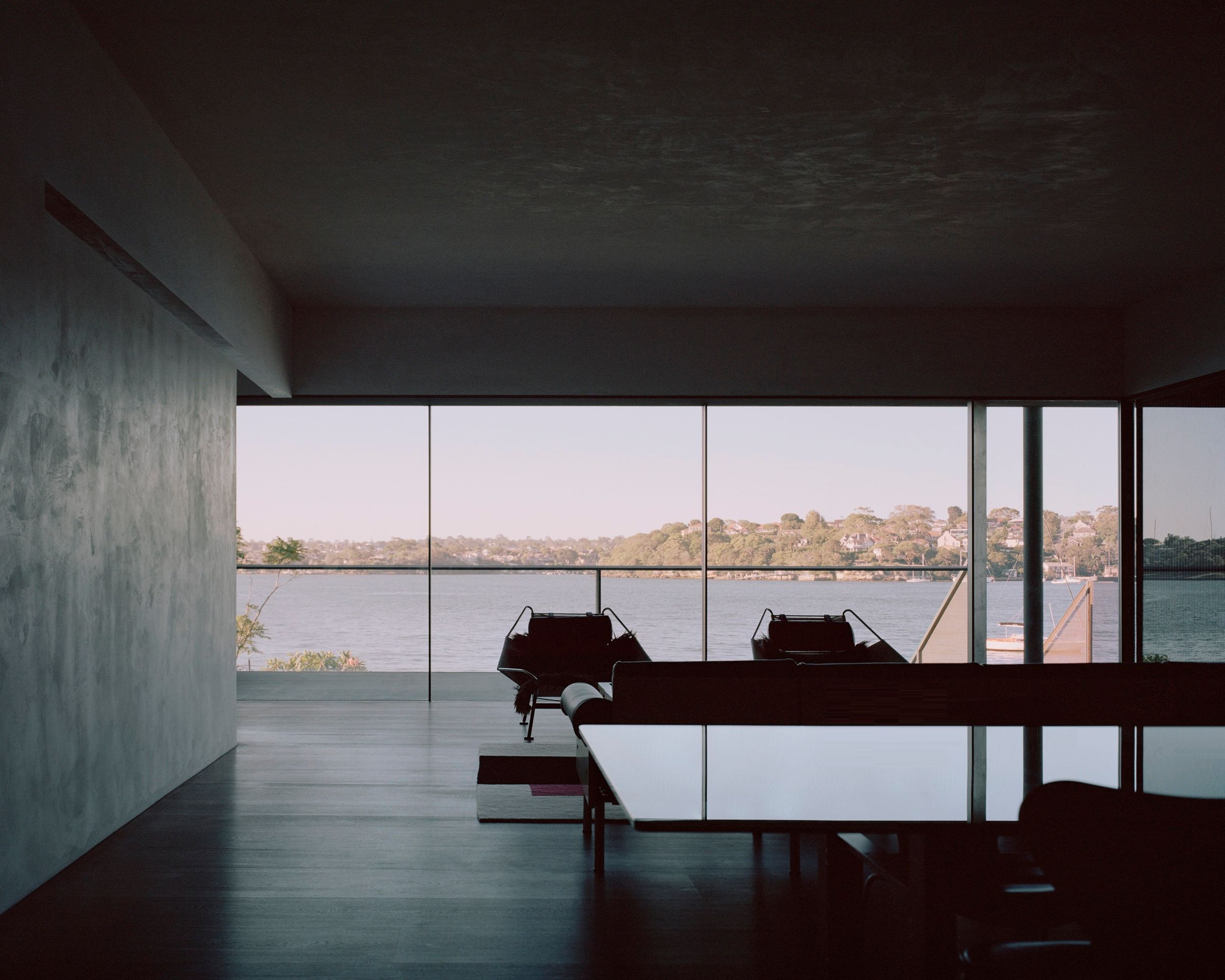
Lewin went on to suggest multiple new and adapted Vitrocsa products for the company to design, which are now manufactured specifically for the Australian market. The customised Guillotine window has become a major product installed in numerous projects across Australia and the world, including residential, commercial and multi-residential towers.
Architect Lewin continues to use Vitrocsa Australia products in her projects, including for her daughter’s house, which is currently in development.
“The Vitrocsa system is actually the most elegant system on the market,” Lewin says. “I know there are a lot of copies and replicas – a lot of people trying to do what they have been able to achieve – and that should be the case. There’s always got to be a standard-bearer, someone who has taken something further, and others will follow.”
Share
Credits
- Amelia Barnes – Words
- Wendy Lewin – Architecture
- Marian Riabic | Kat Lu – Photography
